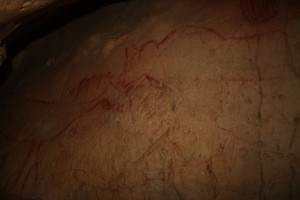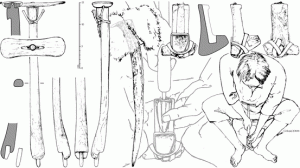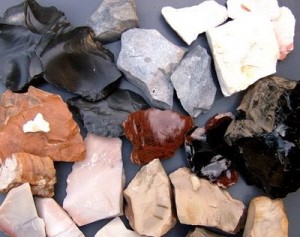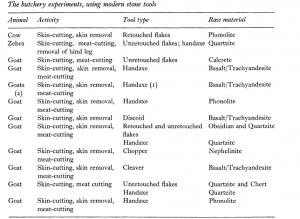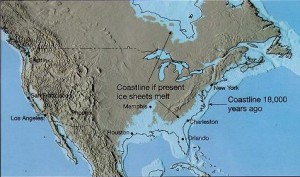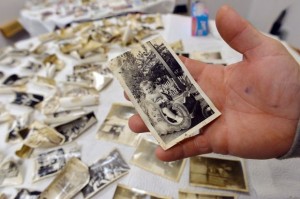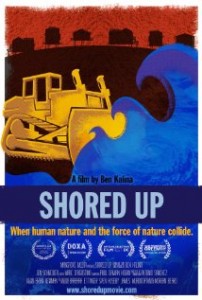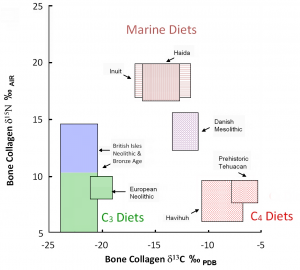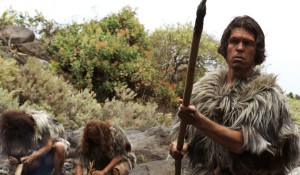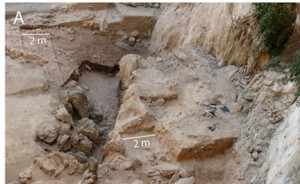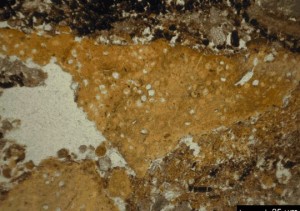Recently, the skeleton of a 13 year old girl was found in Italy, and is believed to be from the early Middle Ages or late antiquity. The skeleton was found buried face-down – a position that is popularly associated with those rejected by society, and the media have dubbed her the “Witch Girl”.
While burials often contain a lot symbolism and speak for the culture of the society, atypical burials allow archaeologists to glean insight into the society’s beliefs. Because of the shocking nature and uncommon occurrences of face-down burials, they provide a powerful contrast to the more common face-up burial.
Face-down, or prone burials are commonly associated with Europe and are constantly linked to those who were feared, despised, or not respected by the society around them. They are popularly connected to witches and others who were feared from beyond the grave as prone burials were one method from hindering the dead’s spirits from rising.
While our reading warns that there are very few symbols that exist that have meaning cross-culturally, it would seem as if prone burials are one of the exceptions (although of course this is not a rule). Over 600 of these burials have been documented cross-culturally and they consistently seem to bear a negative connotation for the buried individual.
However, the context of the negative connotation is extremely important and this differs through cultures and individual burials. Without context, the numbers can be misleading. For instance, prone burials occur most frequently in the Viking Age in Sweden, but only around 13% of each gravesite is composed of face-down burials. On the other hand, in Mexico in 1000 BC the proportions are much higher with around 90% of individuals per grave site buried face-down. Without cultural and symbolic context it is impossible to get the full picture. Although a lot is still unknown, it is believed that the frequency of prone burials increased as some Vikings turned from Paganism to Christianity, and these burials may show disdain for those who switched religions. In a grave site in Mexico, 74 skeletons were found face-down while six were sitting upright. Archaeologists believe this demonstrates a difference in social status rather than as a sign of disrespect.
How does this relate to the “Witch Girl” and the society she lived in? Without enough background evidence, we should not jump so quickly to the conclusion that she was considered a witch. Additional evidence from the site causes questions and concerns. For instance, while most prone burials occur on the edges of gravesites, she was buried in a privileged section. Also, skeletal analysis suggests that she may have died from severe anemia. Whether she was truly considered a witch, and whether it was something her society had reject, remains unknown.
Understanding the symbolism behind the act can enlighten us as to the nature of the society that buried them this way, and why they did so. However the significance of these symbols are tied to the context in which they are found.
References (and further reading)
- http://news.discovery.com/history/archaeology/skeleton-of-possible-witch-girl-found-141006.htm
- Handler, J. S. (1996). A prone burial from a plantation slave cemetery in Barbados, West Indies: possible evidence for an African-type witch or other negatively viewed person. (30)3 76-86. http://www.jstor.org/stable/25616477?seq=1
- http://www.archaeology.co.uk/articles/features/buried-face-down-prone-burials.htm
- http://news.nationalgeographic.com/news/2009/06/090623-facedown-burials.html
Photos
- http://www.archaeology.co.uk/images/stories/ca/231/Fig-3%5B1%5D.Vannhog.jpg
- http://static.ddmcdn.com/gif/prone-burial-141006.jpg



